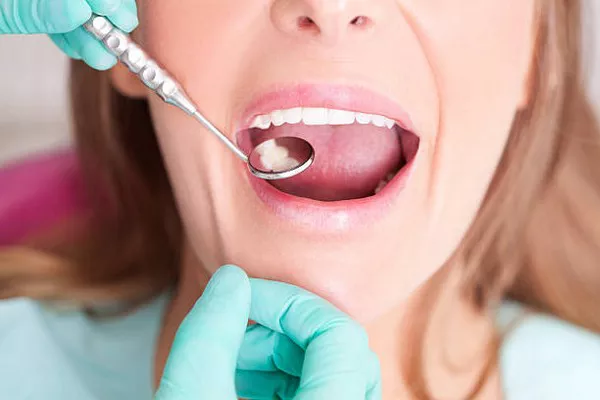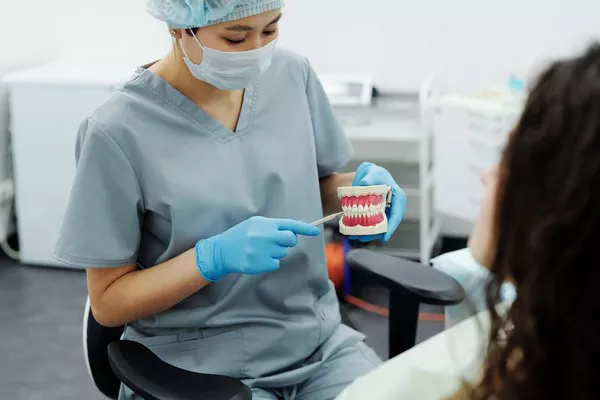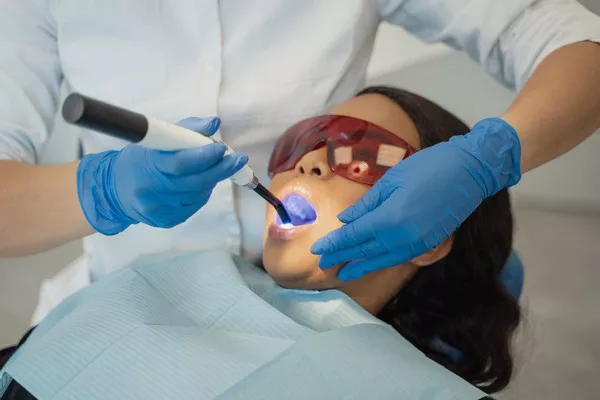In the quest for a dazzling smile, many individuals turn to at-home teeth whitening methods. With the desire for brighter, whiter teeth on the rise, the popularity of at-home whitening solutions continues to soar. Understanding the various methods available and their effectiveness is crucial for achieving desired results while ensuring safety and dental health.
Comparison of Methods
When it comes to at-home teeth whitening, there are several methods to consider. Whitening strips, LED kits, whitening toothpastes, and natural remedies each offer distinct advantages and limitations. Whitening strips are thin, flexible strips coated with a peroxide-based gel, providing convenience and ease of use. LED kits utilize light technology to enhance the whitening process, promising quick results. Whitening toothpastes contain abrasives and chemical agents to remove surface stains, while natural remedies like baking soda and hydrogen peroxide offer a more holistic approach.
Effectiveness and Safety
While at-home whitening methods can yield noticeable results, it’s essential to understand their effectiveness and potential risks. Whitening strips and LED kits are generally effective for mild to moderate discoloration but may cause tooth sensitivity or gum irritation. Whitening toothpastes can maintain whiteness but may not produce dramatic results. Natural remedies carry risks of enamel erosion and gum irritation if used excessively. Consulting with a dentist can help determine the most suitable method based on individual dental health and whitening goals.
Dentist Recommendations
Dental professionals play a crucial role in guiding patients towards safe and effective whitening methods. Dentists recommend looking for at-home whitening products that carry the American Dental Association (ADA) Seal of Acceptance, ensuring their safety and efficacy. Additionally, dentists advise patients to follow instructions carefully, avoid overuse, and monitor any adverse reactions. Customized treatment plans may also be recommended for optimal results.
Product Recommendations
With a myriad of at-home whitening products available, choosing the right one can be overwhelming. Crest 3D Whitestrips and Colgate Optic White ComfortFit LED Whitening are among the most popular options, known for their effectiveness and user-friendly application. These products have garnered positive reviews and are endorsed by dental professionals for their safety and reliability.
DIY Natural Methods
For those seeking natural alternatives, DIY methods using common household ingredients like baking soda and hydrogen peroxide are popular choices. Baking soda acts as a mild abrasive, gently removing surface stains, while hydrogen peroxide serves as a bleaching agent. However, caution must be exercised to prevent overuse, which can lead to enamel damage and gum irritation. Consulting with a dentist before trying natural remedies is advisable to ensure their safety and effectiveness.
Maintenance Tips
Achieving a whiter smile is just the beginning; maintaining it requires diligence and proper care. Following a balanced diet low in stain-causing foods and beverages such as coffee, tea, and red wine can help preserve whitening results. Additionally, practicing good oral hygiene habits such as regular brushing, flossing, and routine dental visits contribute to overall dental health and prolong the effects of teeth whitening treatments.
Professional Consultation
Before embarking on any at-home whitening regimen, it’s imperative to seek professional guidance from a dentist. A comprehensive dental examination will assess oral health and identify any underlying issues that may affect whitening outcomes. Dentists can recommend the most suitable whitening method based on individual needs and provide personalized advice to ensure safe and effective treatment.
Conclusion
At-home teeth whitening offers a convenient and affordable solution for achieving a brighter, more confident smile. By understanding the various methods available, their effectiveness, and safety considerations, individuals can make informed decisions and achieve optimal results. Consulting with a dentist is essential for personalized guidance and recommendations tailored to individual dental health and whitening goals. With proper care and maintenance, a radiant smile can be within reach for everyone.
FAQs About At-Home Teeth Whitening
1. What is the most effective at-home teeth whitening method?
The effectiveness of at-home teeth whitening methods can vary depending on individual preferences and dental needs. However, professional-grade whitening strips, LED kits, and whitening toothpaste are among the most effective options available. It’s essential to follow product instructions carefully and consult with a dentist for personalized recommendations.
2. How can I whiten my teeth super fast at home?
While achieving rapid results may be desirable, it’s crucial to prioritize safety and dental health when whitening teeth at home. Utilizing LED whitening kits with accelerated formulas or professional-grade whitening strips can help expedite the whitening process. However, it’s essential to avoid overuse and follow recommended usage guidelines to prevent tooth sensitivity and gum irritation.
3.What is the most powerful way to whiten teeth?
The most powerful way to whiten teeth effectively and safely is through professional-grade whitening treatments administered by a dentist. In-office procedures such as laser whitening or custom-fitted trays with high-concentration whitening gel can yield dramatic results in a single session. However, at-home methods like whitening strips and LED kits can also provide noticeable whitening with consistent use over time.
4. What is the best and most effective teeth whitening method?
The best and most effective teeth whitening method ultimately depends on individual preferences, budget, and dental health. Professional-grade whitening treatments performed by a dentist offer the highest level of efficacy and customization. However, at-home options such as whitening strips, LED kits, and whitening toothpaste can also deliver significant results when used correctly and consistently. Consulting with a dentist can help determine the most suitable method based on individual needs and goals.
You Might Be Interested In






























